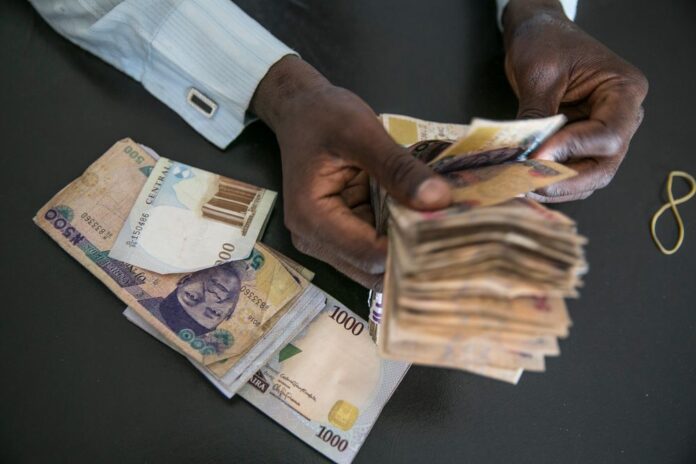A Central Bank of Nigeria (CBN) data has revealed that the naira has fallen by 108 per cent against the West African CFA (popularly known as CFA).
As the West African CFA rallies to wipe out the hitherto wide trading gap between the two currencies, it gained 36 kobo from August 19, 2015 to close at 0.6888 CFA/N1 on the CBN rate last week. This translates to a 108-per cent loss for the struggling naira.
Exactly five years ago on August 21, 2015, the CFA, used by eight former West African colonies – Benin, Burkina Faso, Côte d’Ivoire, Guinea-Bissau, Mali, Niger, Senegal and Togo – exchanged for 33k.
READ ALSO:
Records show further that the naira, which performed better against the now-aggressive CFA in the first half of the decade reviewed, closed at approximately 29 kobo for one CFA on August 21, 2010.
Until 2013 when it started a gradual easing, it maintained its market dominance. It was not until 2015 when CFA began to take a spot as a competitive currency and started an aggressive rally that would remarkably close the previous wide differential between the two currencies. Between August 2015 and August 2016, the naira lost about 69 percent against CFA year-on-year.
The currency has recorded a similar leap in its value appreciation against the naira year-to-date, climbing from 0.5228/N1 it opened the year with to 0.6888 /N1 (translating to 32 percent) at the close of last week’s trading. The CFA, a currency that symbolises French economic imprint on the West Africa sub-region, gained 23 kobo over the naira within 12 months.
At the turn of this millennium, the CFA only traded for about 15 kobo. Currently being considred for a replacement with Eco, the proposed West Africa regional legal tender, not many Nigerians knew much about the CFA, not until the West Africa trade corridor opened for unprecedented smuggling.
CFA’s current resurgence is coming on the heels of the continued closure of the country’s border against neighbouring West African countries, especially the Republic of Benin, where Nigerians engage in unrestrained trade.
WHAT A WEAKENING exchange rate against CFA means for the economy of the eight neighbouring countries is that, it is cheaper for citizens to import their goods from Nigeria and it is more expensive for Nigerian traders to do business in those countries.
READ ALSO:
CAMA: CAC Insists Registered Organisations, Including Religious Bodies, Must Submit Finances Details
But while the cost of importing from those countries is on the increase with an average Nigerian household feeling the pains, the country does not seem to gain much in terms of export injections into Benin, Togo and others in the category.
The West Africa region, for instance, accounted for just 11.5 percent of the country’s total export value in 2019, which the National Bureau of Statistics (NBS) put at N19.2 trillion. Nigeria was not also among Beninoise top 10 import sources last year. The only two of Africa’s countries that made the list dominated by Europe and Asia were Togo, its neighbour, and Morocco.
Benin, topmost Nigeria’s smuggling source, procured 13.6 percent and 11 percent of its last year imports from India and China respectively. Much of the imported goods were passed on to Nigeria through the porous borders – a trade practice many experts have blamed for the country’s troubled real sector.
THE Federal Government, last year, closed the country’s land borders against Benin, Chad and Niger as a major strategy to battle insecurity and dumping – twin challenges that have stunted growth in recent times.
READ ALSO:
One major factor that decides Nigeria’s food price inflation is unofficial trade between it and Benin.
Last year for example, the price of rice experienced a spark few weeks after the Federal Government announced the border closure. The price has thus increased by around 100 percent in the past year.









